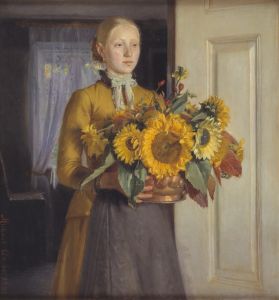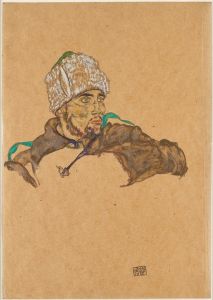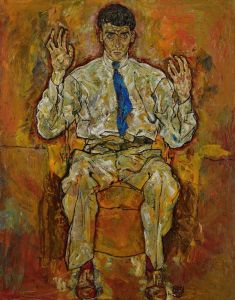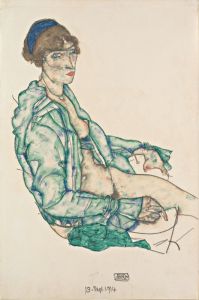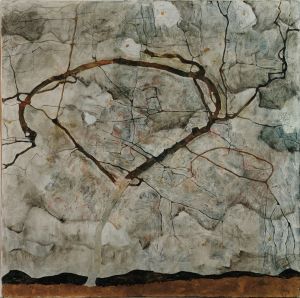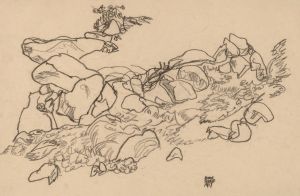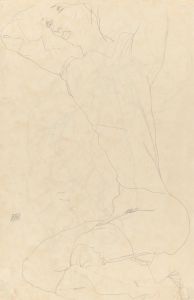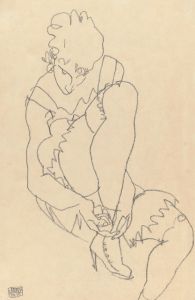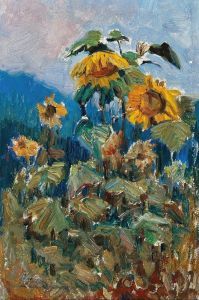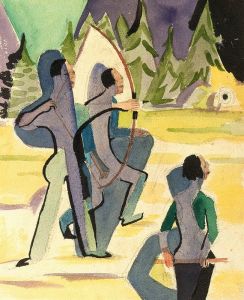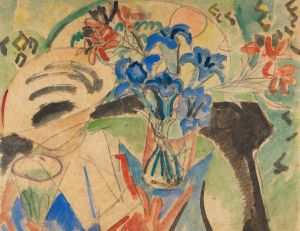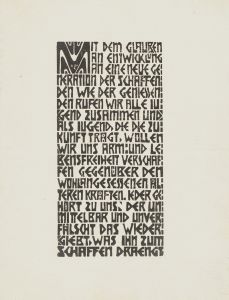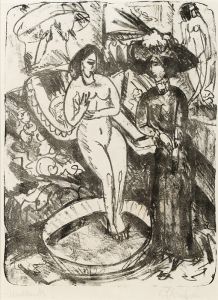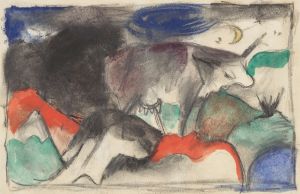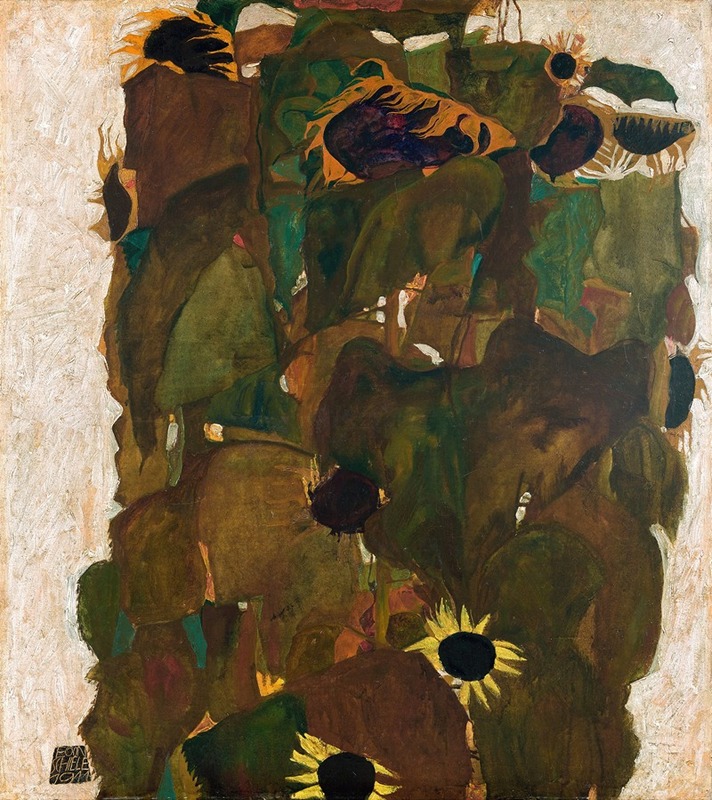
Sonnenblumen I
A hand-painted replica of Egon Schiele’s masterpiece Sonnenblumen I, meticulously crafted by professional artists to capture the true essence of the original. Each piece is created with museum-quality canvas and rare mineral pigments, carefully painted by experienced artists with delicate brushstrokes and rich, layered colors to perfectly recreate the texture of the original artwork. Unlike machine-printed reproductions, this hand-painted version brings the painting to life, infused with the artist’s emotions and skill in every stroke. Whether for personal collection or home decoration, it instantly elevates the artistic atmosphere of any space.
Egon Schiele, an Austrian painter known for his intense and raw expressionistic style, created "Sonnenblumen I" (Sunflowers I) in 1911. This work is part of Schiele's exploration of floral subjects, which he approached with the same intensity and psychological depth as his more famous figurative works. Schiele's sunflowers are not merely botanical studies; they are imbued with a sense of vitality and emotional resonance that is characteristic of his broader oeuvre.
"Sonnenblumen I" is notable for its bold use of color and dynamic composition. Schiele's approach to painting flowers was unconventional; he often depicted them in a way that emphasized their structural complexity and inherent beauty, while also conveying a sense of decay and impermanence. This duality is a recurring theme in Schiele's work, reflecting his interest in the cycles of life and death.
The painting features a cluster of sunflowers rendered in a vivid palette. Schiele's brushwork is expressive, capturing the intricate details of the flowers' petals and leaves. The background is typically sparse, drawing attention to the sunflowers themselves and allowing their forms to dominate the composition. This focus on the subject matter is a hallmark of Schiele's style, where the background often serves merely as a stage for the main elements of the painting.
Schiele's interest in sunflowers can be seen as part of a broader artistic tradition. Sunflowers have been a popular subject in art, famously explored by Vincent van Gogh, whose own series of sunflower paintings are among his most celebrated works. However, Schiele's interpretation is distinct, characterized by his unique artistic vision and the emotional intensity he brought to all his subjects.
During the time "Sonnenblumen I" was created, Schiele was developing his signature style, which included a focus on expressive line work and a keen interest in the psychological aspects of his subjects. Although primarily known for his portraits and nudes, Schiele's floral works demonstrate his versatility and his ability to imbue even the simplest subjects with profound meaning.
Egon Schiele's career was tragically short; he died in 1918 at the age of 28. Despite his brief life, he left behind a significant body of work that has had a lasting impact on the art world. His paintings, including "Sonnenblumen I," continue to be studied and admired for their emotional depth and technical skill.
"Sonnenblumen I" is housed in a private collection, which limits public access to the work. However, it remains an important example of Schiele's exploration of natural subjects and his ability to convey complex emotions through his art. The painting exemplifies Schiele's innovative approach to composition and his mastery of color, both of which contribute to the enduring appeal of his work.





